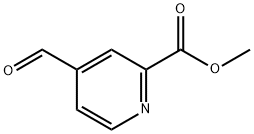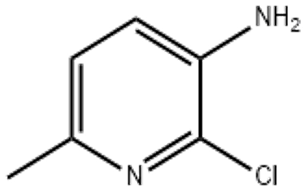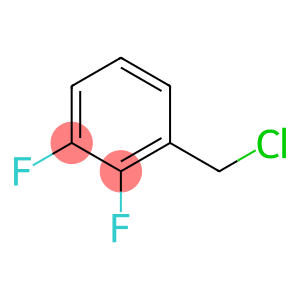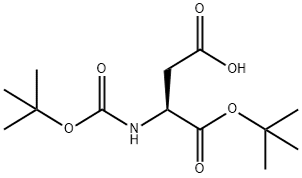Dipentene(CAS#138-86-3)
| Hazard Symbols | Xi – IrritantN – Dangerous for the environment |
| Risk Codes | R10 – Flammable R38 – Irritating to the skin R43 – May cause sensitization by skin contact R50/53 – Very toxic to aquatic organisms, may cause long-term adverse effects in the aquatic environment. |
| Safety Description | S24 – Avoid contact with skin. S37 – Wear suitable gloves. S60 – This material and its container must be disposed of as hazardous waste. S61 – Avoid release to the environment. Refer to special instructions / safety data sheets. |
| UN IDs | UN 2052 |
introduce
quality
There are two isomers of tarolene, dextrotator and levorotator. It is found in various essential oils, especially lemon oil, orange oil, taro oil, dill oil, bergamot oil. It is a colorless and flammable liquid at room temperature, with a good lemon fragrance.
Method
This product is widely found in natural plant essential oils. Among them, the main dextrotators include citrus oil, lemon oil, orange oil, camphor white oil, etc. L-rotators include peppermint oil, etc. Racemates include neroli oil, fir oil and camphor oil. In the manufacture of this product, it is prepared by fractionation of the above essential oils, and terpenes can also be extracted from general essential oils, or prepared as by-products in the process of processing camphor oil and synthetic camphor. The obtained dipentene can be purified by distillation to obtain taroene. Using turpentine as raw material, fractionation, cutting a-pinene, isomerization to produce camphene, and then fractionation to obtain. The by-product of camphene is prenyl. In addition, when terpineol is hydrated with turpentine, it can also be a by-product of dipentene.
use
used as a solvent for magnetic paint, false paint, various oleoresins, resin waxes, and metal driers; used in the manufacture of synthetic resins; It can be used as a spice to prepare neroli oil and tangerine oil, etc., and can also be made as a substitute for lemon essential oil; Carvone can also be synthesized, etc. used as oil dispersant, rubber additive, wetting agent, etc.








